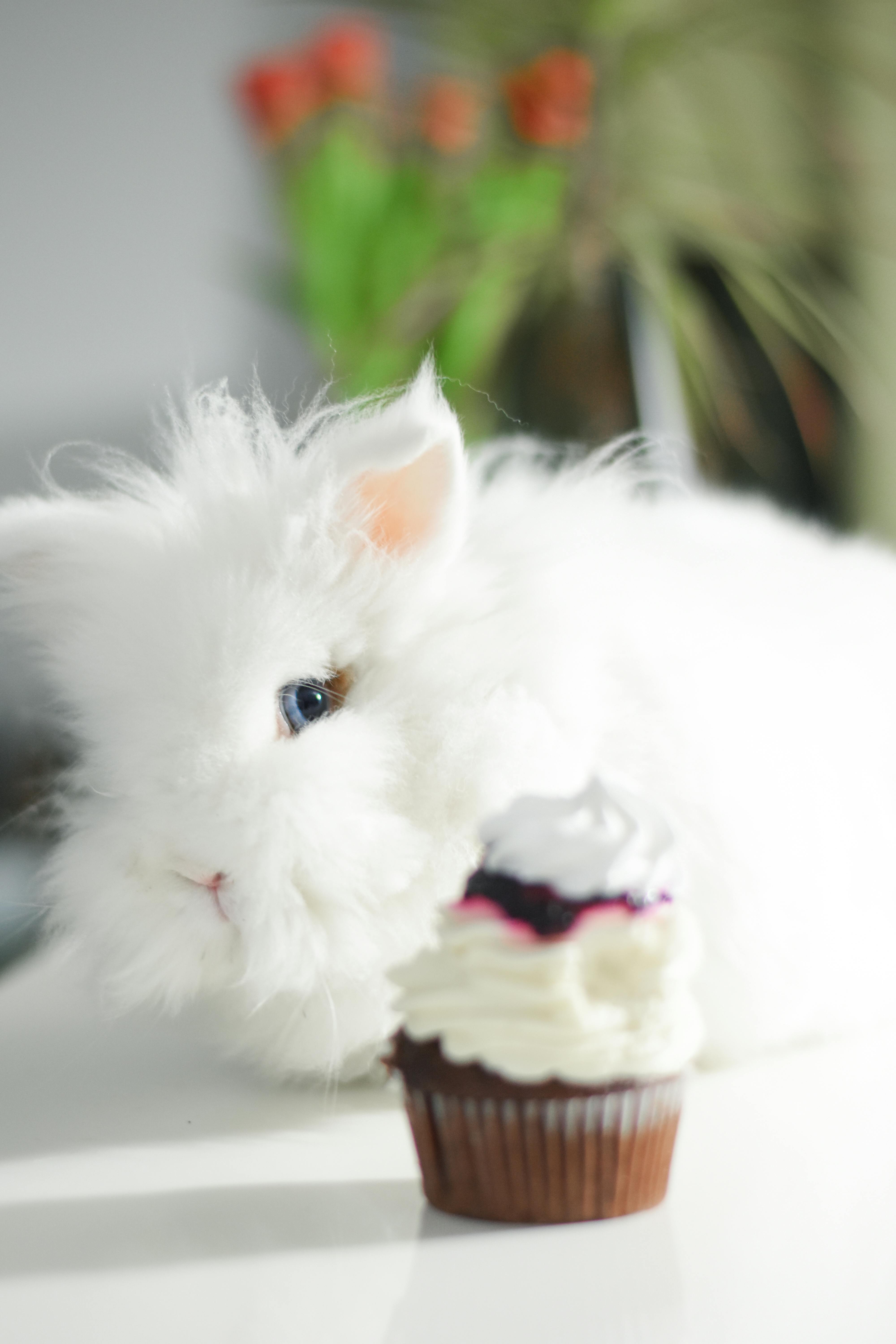
Effective Ways to Care for Neon and Ember Tetras in 2025
Neon tetras and ember tetras are popular choices among aquarium enthusiasts due to their vibrant colors and peaceful nature. These small fish thrive in community tanks, making them ideal for beginner aquarists and experienced keepers alike. As tropical fish, they require specific care and attention to ensure their health and well-being. This article will explore effective ways to care for these beloved fish species in 2025, covering everything from tank setup to dietary needs and compatibility with other fish.
Understanding the needs of neon and ember tetras is crucial for their longevity and happiness in your aquarium. We will delve into the key parameters of fish care, such as water quality, temperature control, and feeding guidelines, along with practical tips for breeding and selecting ideal tank mates. Whether you are adding these colorful fish to an established community tank or starting a new aquarium project, this guide will provide the essential information to help you and your tetras flourish.
Throughout this article, you will discover the best practices for maintaining a healthy environment for your neon and ember tetras, ensuring their vibrant colors and lively behavior continue to brighten your aquarium. Read on for valuable insights and practical advice that will enhance your fishkeeping experience.
Setting Up the Ideal Aquarium for Tetras
Creating a suitable aquarium setup is the foundation of good fish care. The right environment for neon and ember tetras not only promotes their health but also enhances their colors and behaviors. First, you need to choose the right tank size. A minimum of 10 gallons is recommended to provide ample swimming space for these schooling fish. A larger tank will allow for better water quality management and more tank mates.
Tank Size and Shape Considerations
The ideal tank for neon and ember tetras should be spacious and have a horizontal layout. These fish are active swimmers and appreciate room to move around. A long tank provides a better swimming environment than a tall one. Additionally, consider a tank with a secure lid, as these fish can occasionally jump out if startled.
Water Parameters and Chemistry
For optimal health, maintain a stable water temperature between 72°F and 78°F. Neon tetras prefer slightly acidic to neutral water, with a pH range of 6.0 to 7.0. Regular water changes are crucial, ideally 20-25% every week, to ensure excellent water quality. Invest in a reliable aquarium filtration system to keep the water clean and clear.
Choosing the Right Substrate and Decorations
A soft substrate is preferable to protect tetras' delicate fins. Sand or fine gravel works well, along with live plants to enhance their habitat. Aquatic plants not only provide cover but also improve water quality by absorbing nitrogenous waste. Incorporating driftwood or caves will create hiding spots where fish can retreat, reducing stress.
Understanding Fish Behavior and Compatibility
Knowing the typical behavior of neon and ember tetras is vital to observe their interaction with tank mates. Both species are generally peaceful and thrive in schools of six or more. Their gentle nature makes them excellent companions for other small, non-aggressive fish. However, understanding their social dynamics will help in selecting suitable tank mates.
Behavioral Traits of Tetras in Community Tanks
Neon and ember tetras exhibit schooling behavior, which means they feel more secure and lively in groups. Their playful antics and synchronous movements add excitement to the aquarium. Keeping them in larger schools can also reduce stress-related issues and promote better health. Watch for signs of boredom or stress, such as aggressive behavior or hiding, and adjust conditions accordingly.
Best Tank Mates for Tetras
When it comes to selecting tank mates, opt for small, peaceful fish that share similar water parameter needs. Good candidates include guppies, rasboras, and other tetras. Avoid larger or aggressive species that might intimidate or harm your tetras. Compatibility charts can serve as helpful guides in making informed decisions about fish selection.
Common Mistakes to Avoid with Tetra Fish
One common mistake is keeping tetras in small groups. A few individuals can feel insecure and may develop stress-related behaviors. Additionally, introducing incompatible species can lead to aggression. Always research each species' temperament and compatibility before adding to your community tank. Regular monitoring of water quality is also critical to prevent disease outbreaks.
Feeding Neon and Ember Tetras for Optimal Health
Proper nutrition is a significant factor in maintaining the health of your fish. Neon and ember tetras are omnivorous, requiring a diet that includes both plant-based and protein-rich foods. Feeding them high-quality fish food will ensure they get the essential nutrients they need to thrive and display their vibrant colors.
Feeding Guidelines and Schedule
A varied diet consisting of flake food, pellets, and occasional live or frozen foods should be provided. Feed small portions that they can consume within 2-3 minutes, as overfeeding can lead to poor water quality and fish diseases. A general guideline is to feed them 2-3 times daily while ensuring that they receive a balanced diet throughout the week.
Best Foods for Tetras
Ensure your tetras receive high-quality food that is specifically designed for their size and dietary needs. Brands that offer specialized tetra food are beneficial. You can also supplement their diet with brine shrimp, daphnia, and finely chopped vegetables like spinach and zucchini for additional nutrients and variety.
Signs of Poor Nutrition and Health Issues
Monitor your fish closely for any signs of health issues that may arise from poor nutrition, such as lethargy, fading colors, and unusual behavior. Regular health checks and maintaining a consistent feeding regimen can help you spot potential problems early. Always consult with an aquarium professional if you suspect any health concerns.
Its part of generated content. Can i generate another part?